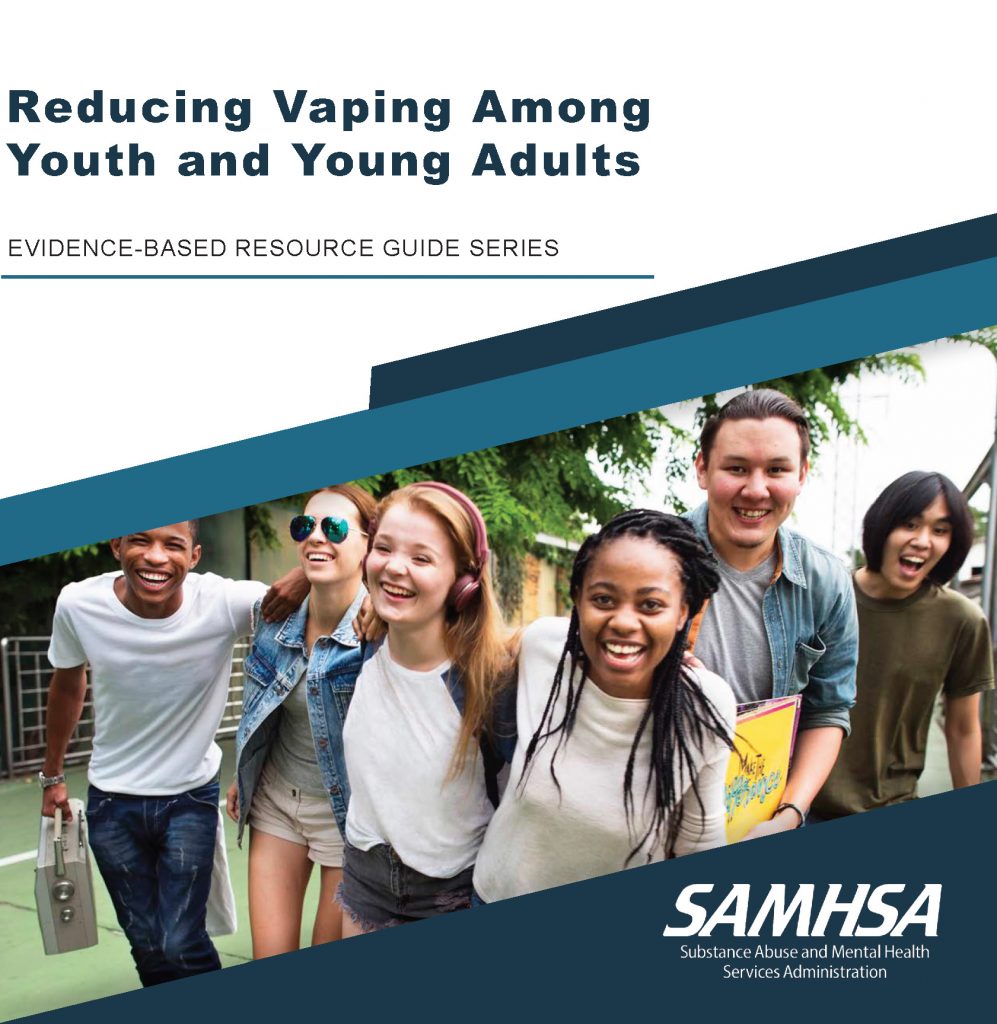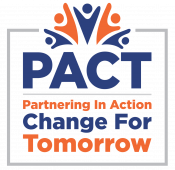Schools play an important role in adolescents’ health education and have a unique connection to their teachers, coaches, peers and other caring adults throughout the school day and year. Students who feel connected to school are: more likely to attend school regularly, stay in school longer and have higher grades and test scores; less likely to smoke cigarettes, drink alcohol or have sexual intercourse; less likely to carry weapons, become involved in violence or be injured from dangerous activities such as drinking and driving or not wearing seat belts; and less likely to have emotional problems, suffer from eating disorders or experience suicidal thoughts or attempts. Implementation of evidence-based health promotion programs, coupled with strategies to promote protective factors like school connectedness, can help schools have the greatest impact on the health and education outcomes of their students (Centers for Disease Control and Prevention). School (K-12) prevention resources include evidence and research based curriculum models and programs, as well as best practices to ensure our youth navigate adolescence and high school with healthy and safe choices.
Adolescent and School Health: Fostering School Connectedness
School connectedness is the belief held by students that the adults and peers (in their school) care about their learning as well as about them as individuals. Students who feel connected to school are more likely to have a number of positive health and academic outcomes.
The National Longitudinal Study of Adolescent Health looked at the impact of protective factors on adolescent health and well-being among more than 36,000 7th–12th grade students. The study found that family, school and individual factors such as school connectedness, parent-family connectedness, high parental expectations for academic achievement and the adolescent’s level of involvement in religious activities were protective factors against a range of adverse behaviors. School connectedness was found to be the strongest protective factor for both boys and girls to decrease substance use, school absenteeism, early sexual initiation, violence and risk of unintentional injury (e.g., drinking and driving, not wearing seat belts). To learn more, click here.
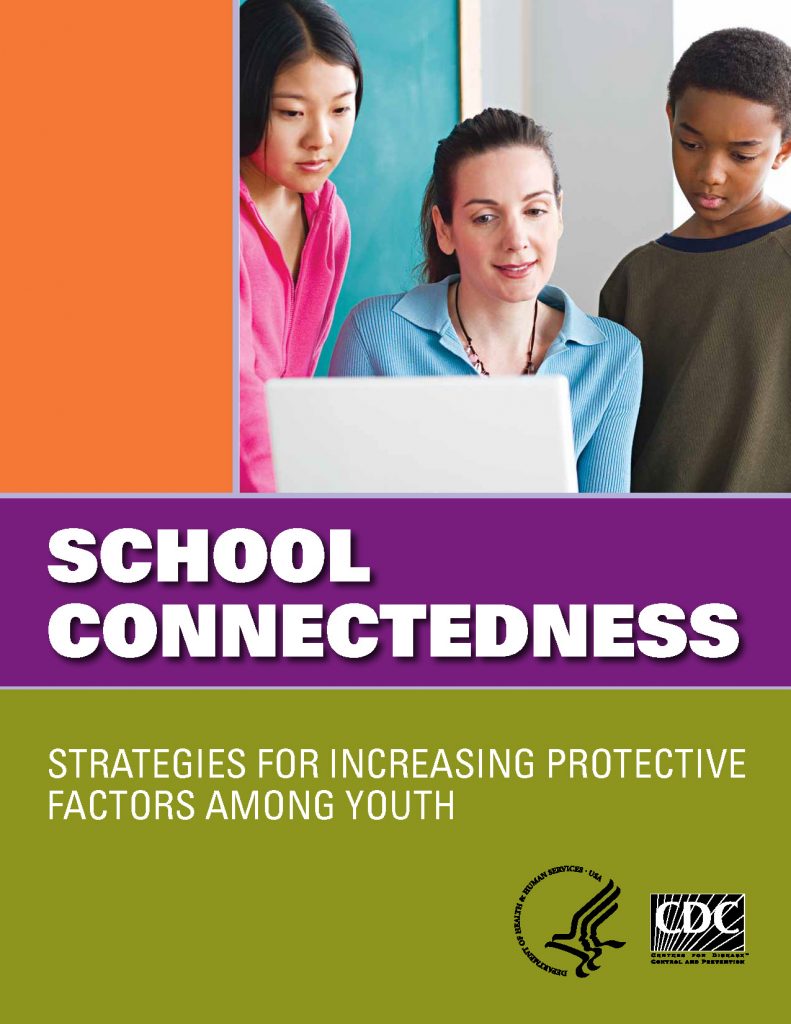
Promoting Substance Abuse Prevention in Schools: SAMHSA
The Substance Abuse and Mental Health Services Administration (SAMHSA) supports efforts to promote mental health and substance use prevention in schools and on campuses and to provide safe learning environments. SchoolSafety.gov was created by the federal government to provide schools and districts with actionable recommendations to create a safe and supportive learning environment where students can thrive and grow. School professionals can play a role in preventing underage drinking and substance use. Use of alcohol and other drugs, such as marijuana or opioids, can seriously undermine a child’s academic success and life goals. Click here to learn more about the role of the student assistance professionals and the ways educators can share prevention messages such as SAMHSA’s Talk. They Hear You. Campaign with their students’ parents and caregivers.
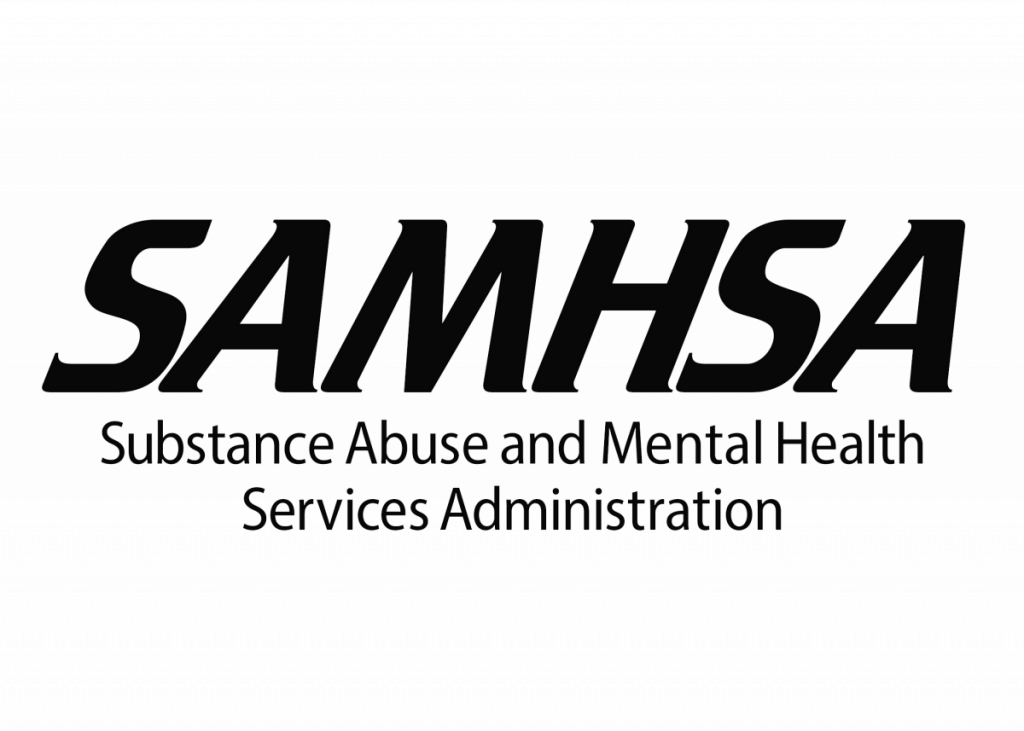
Ever-FI-High School Alcohol and Rx Drug Prevention Modules
AlcoholEdu® for High School takes a public health approach to alcohol education in schools, incorporating evidence-based prevention methods to create meaningful results. The on-line program can be implemented in the classroom or as a homework, vacation or summer break assignment. Through this scalable online program, which has been proven to reduce negative consequences associated with underage drinking, schools can reach all students with a consistent message and empower them to make safer and healthier decisions about alcohol. To learn more about this FREE resource, click here.

New York State Educational Resources to Address Substance Use
Alcohol and drug use early in life can cause irreversible brain damage and sometimes lead to addiction later in life. Adolescence is a critical time for brain development. New York State Office of Addiction Services and Supports and the New York State Education Department have partnered to provide resources for educators and administrators, school nurses and counselors, as well as students and families, to address drug/alcohol and e-cig use in school settings. OASAS provides a number of resources for the prevention and treatment of school-age children, including conversation aids, youth-centered programs such as clubhouses and added support services for family and community. To learn more, click here.
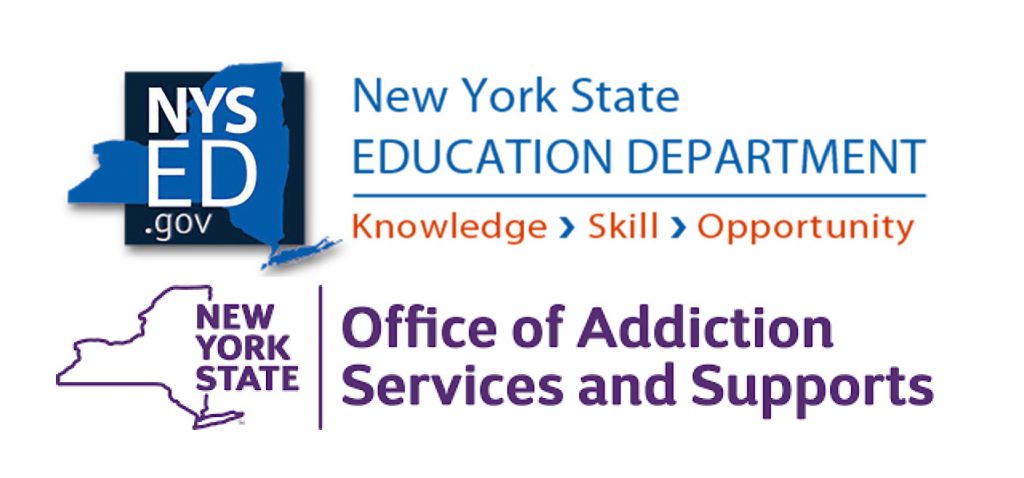
National Institute on Drug Abuse (NIDA) Classroom Resources on Drug Effects
The National Institute on Drug Abuse provides lessons, activities and drug facts to educate teens about the effects and consequences of drug use as well as supporting teens in developing healthy coping skills and dealing with stress and challenging circumstances in the future. To learn more, click here.

Reducing Vaping Among Youth and Young Adults
Vaping among youth is a serious public health issue. In the past decade, vaping has increased among all age and demographic groups and is more popular than traditional cigarettes among high school students. The Substance Abuse and Mental Health Services Administration (SAMHSA) seeks to inform school administrators, community leaders, educators, parents, policy makers and others of the rising rates of vaping among youth and the need for targeted prevention programs and policies, as well as a comprehensive vaping reduction strategy. This guide discusses effective programs and policies to prevent vaping among youth and young adults, challenges to reducing e-cigarette use and vaping and program and policy implementation strategies that can be used to address those challenges. To learn more or download the guide, click here.
